
8 Animals That Hunt and Eat Snakes
In the diverse world of predators, there are several animals uniquely adapted to hunt and eat snakes. These predators use their specialized skills and physical adaptations to tackle these often dangerous reptiles. This article explores eight remarkable animals that hunt and consume snakes, highlighting their unique methods and the evolutionary traits that make them successful in their predatory roles.
Mongoose

Mongooses are small mammals renowned for their agility and ferocity, particularly when taking on snakes, including venomous ones. They possess a lightning-fast reflex system and a flexible spine that enables them to dodge snake strikes with ease. Additionally, their thick fur offers some protection from bites, allowing them to engage in deadly battles with snakes and often come out victorious. The mongoose’s combination of speed, agility, and defensive adaptations makes it a formidable snake predator.
Honey Badger

Honey badgers are fearless creatures known for their willingness to confront prey much larger than themselves, including snakes. They have a remarkably thick hide that is resistant to snake bites and their powerful jaws can crush through bone. Honey badgers are notorious for their tenacity and toughness, often emerging unscathed from encounters with venomous snakes. Their ability to withstand venom and their relentless nature make them effective snake hunters.
King Cobra

The king cobra, a highly venomous snake, is an ophiophage, meaning it primarily eats other snakes. King cobras are immune to the venom of most other snakes within their range and will readily consume other cobras, including the young of their own species. Their impressive size and potent venom make them top predators in their habitats. By preying on other snakes, king cobras play a crucial role in controlling snake populations in their ecosystems.
Secretary Bird
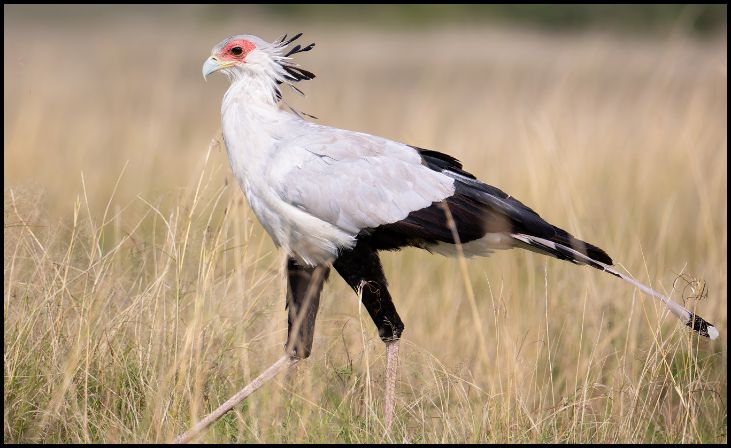
Secretary birds are long-legged birds of prey found in Africa, known for their exceptional hunting skills. They have powerful legs that they use to stomp on snakes, killing them before swallowing them whole. Their method of hunting is unique and effective, as they can deliver rapid, forceful kicks to incapacitate their prey. Secretary birds’ hunting prowess and distinctive physical adaptations make them specialized snake predators in the avian world.
Hedgehog
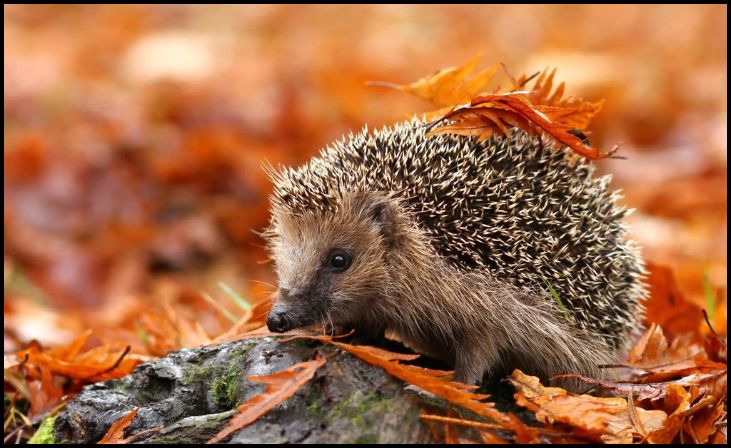
Hedgehogs, despite their small size, are surprisingly adept at hunting snakes. Their spiky coat provides protection from snake bites, and they use their sharp teeth to kill and consume snakes. Hedgehogs’ defensive spines and their ability to handle venom make them capable of taking on dangerous snake prey. Their diet includes a variety of small animals, and their predation on snakes highlights their adaptability and survival skills.
Kingsnake
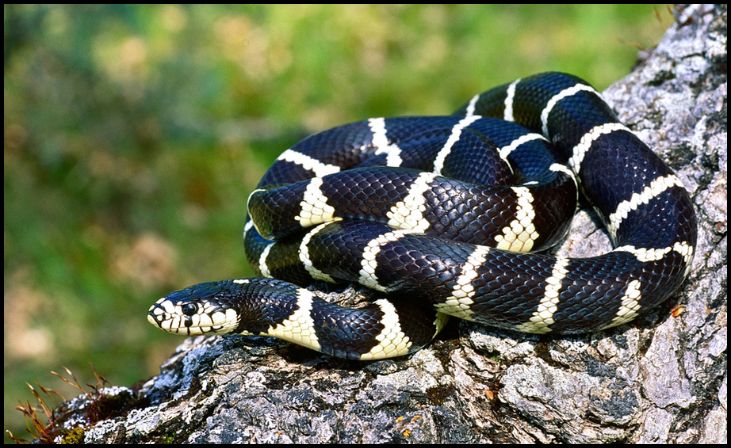
Kingsnakes are non-venomous snakes that are natural predators of rattlesnakes and other venomous snakes. They are immune to the venom of many other snakes and will constrict and kill rattlesnakes, consuming them whole. Kingsnakes’ immunity to venom and their powerful constricting ability allow them to dominate other snake species in their habitats. This predatory behavior helps maintain a balance in snake populations and showcases the kingsnake’s role as a top snake predator.
Snake Eagle
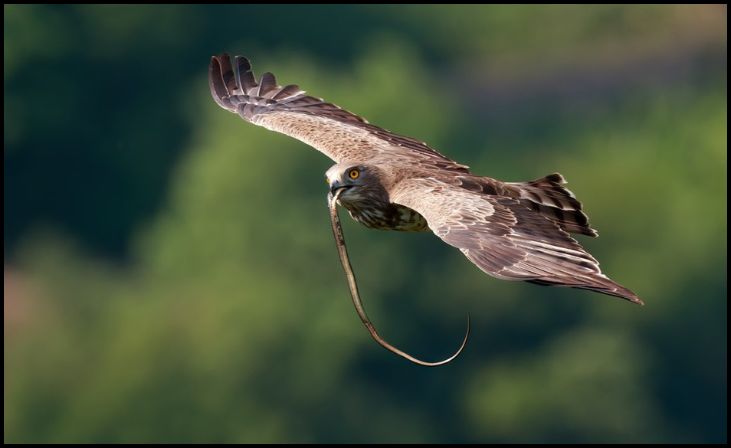
Snake eagles are birds of prey that specialize in hunting snakes. They have sharp talons and beaks designed to kill and eat snakes, making them highly efficient predators. Found in many parts of the world, including Europe, Asia, Africa, and Australia, snake eagles use their keen eyesight to spot snakes from above and their powerful attacks to subdue them. Their specialized hunting techniques and physical adaptations enable them to thrive as snake hunters.
Wild Boar
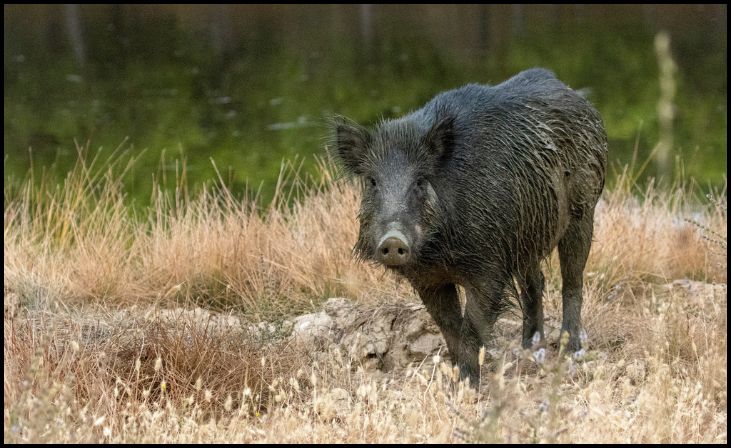
Wild boars are large, omnivorous mammals that sometimes eat snakes they encounter while foraging. They have tough hides that provide protection from snake bites and powerful snouts capable of rooting out snakes hiding in the ground. Wild boars’ opportunistic feeding habits and their ability to handle venomous prey make them occasional but effective snake predators. Their varied diet and adaptability contribute to their success in diverse environments.
